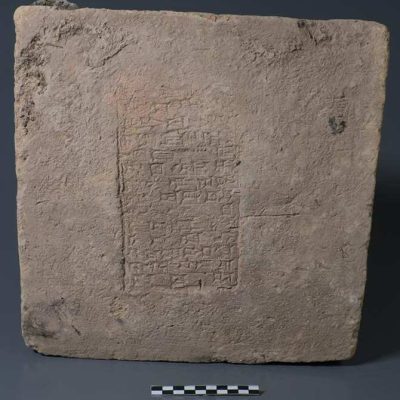Transporting the massive Moai statues, weighing up to 74 tons and scattered throughout Easter Island, has long puzzled scientists. However, researchers have now discovered a simple way to move these giant figures across the island. During excavations as part of the Easter Island Statue Project, scientists found that most Moai statues have a hidden body buried in the ground, often much larger than the visible head. Despite this archaeological discovery, the question remained: how were these monuments moved across the island, given that the production sites were often kilometers away from the installation site? Archaeologist Carl Lipo from California State University believes he has the answer.
Lipo and his team of volunteers conducted a practical test on a 4.4-ton replica of a Moai statue, transporting it over 100 meters in under an hour. With practice, the archaeologists were able to move the Easter Island statues not only upright but also in an astonishingly short amount of time from one location to another. However, they discovered that the faster they moved the giant figures, the more likely they were to topple over. It was these fallen figures, found throughout Easter Island, that inspired Lipo’s unusual transportation method. He noticed that most statues were lying on their backs when the transport route was uphill and on their stomachs when the route was downhill. This observation led Lipo to conclude that the Moai statues were transported while standing upright.
Jo Anne Van Tilburg, director of the Easter Island Statue Project at the University of California, Los Angeles, had previously tried a different form of transportation using rolling logs. However, Lipo criticized her experiment as more of a stunt than a serious scientific investigation. He argued that Van Tilburg’s use of a simple rock did not accurately represent the massive Moai statues and that her project had removed the statues from their archaeological context, leading to speculation and fantasy rather than scientific inquiry.
In conclusion, Lipo’s discovery sheds new light on the transportation of the Moai statues and provides a more accurate understanding of the island’s history. The practical test conducted by Lipo and his team demonstrates that the statues were likely transported while standing upright, rather than on rolling logs or other methods previously suggested. This discovery highlights the importance of continued archaeological research and the need for scientific rigor in investigating historical mysteries.
laufen










